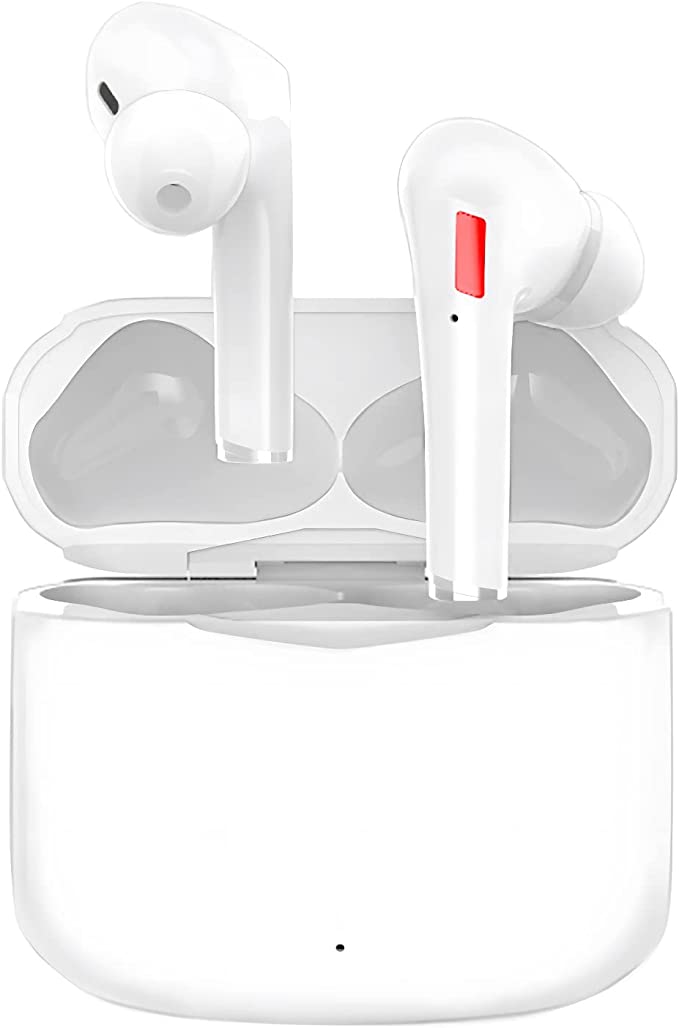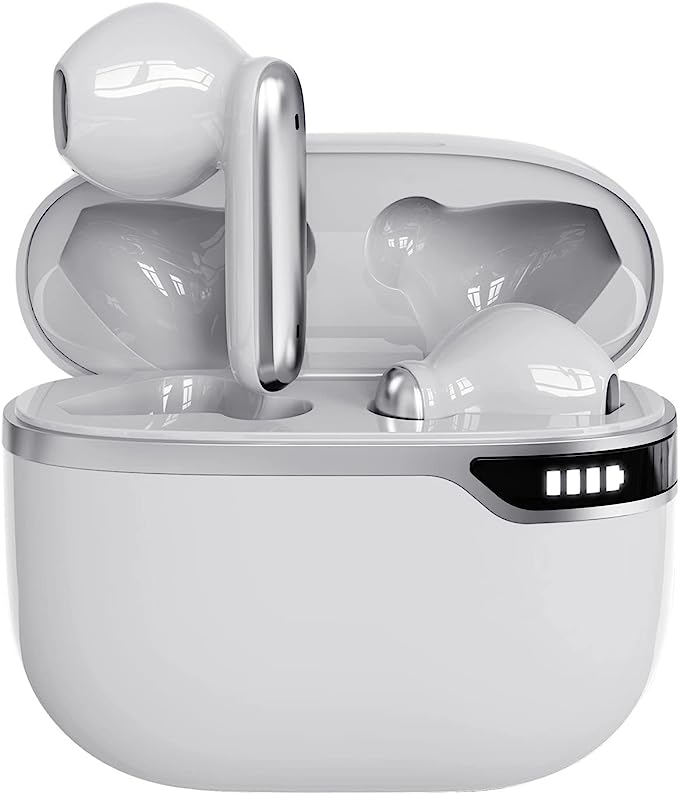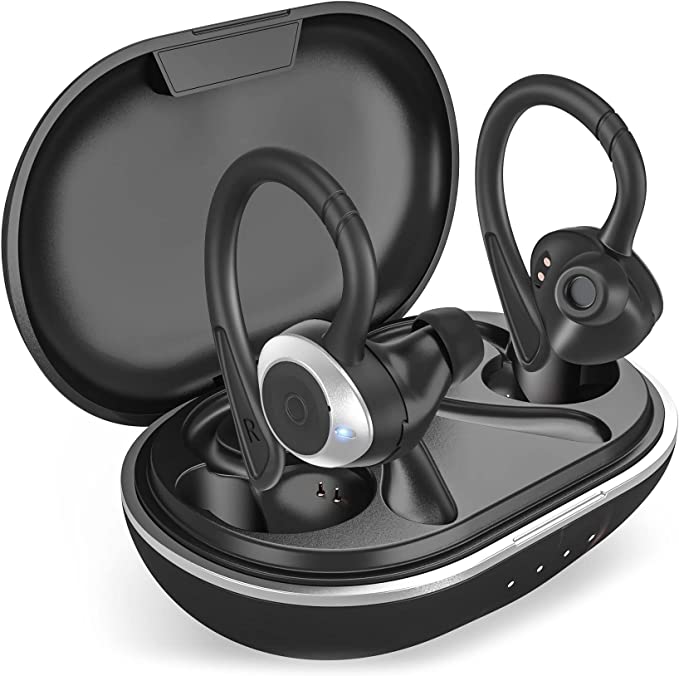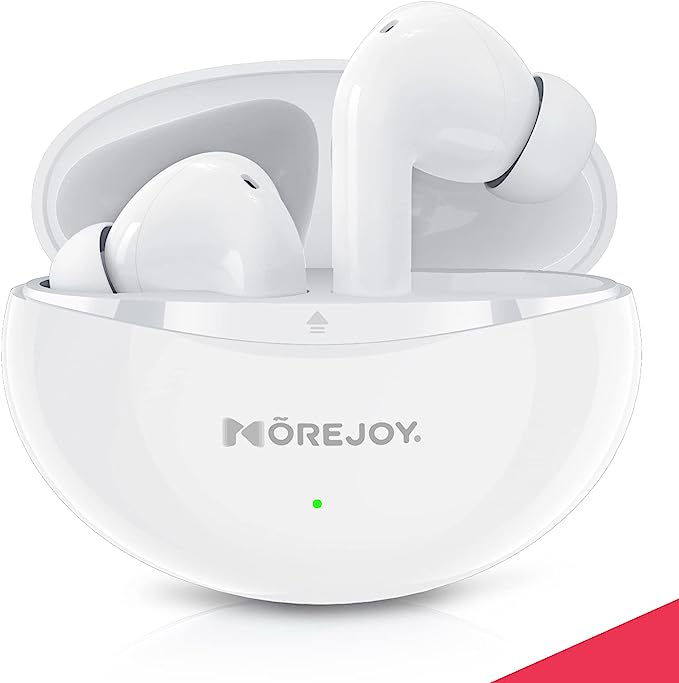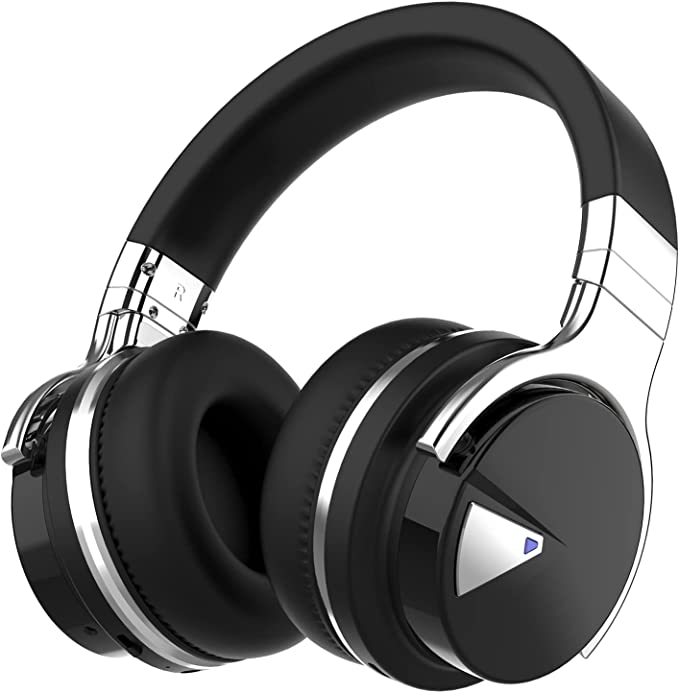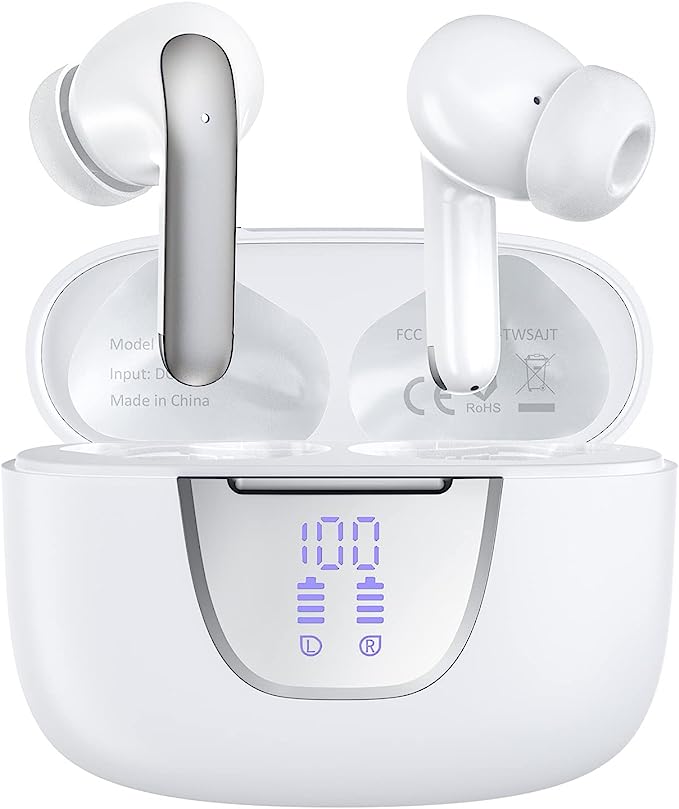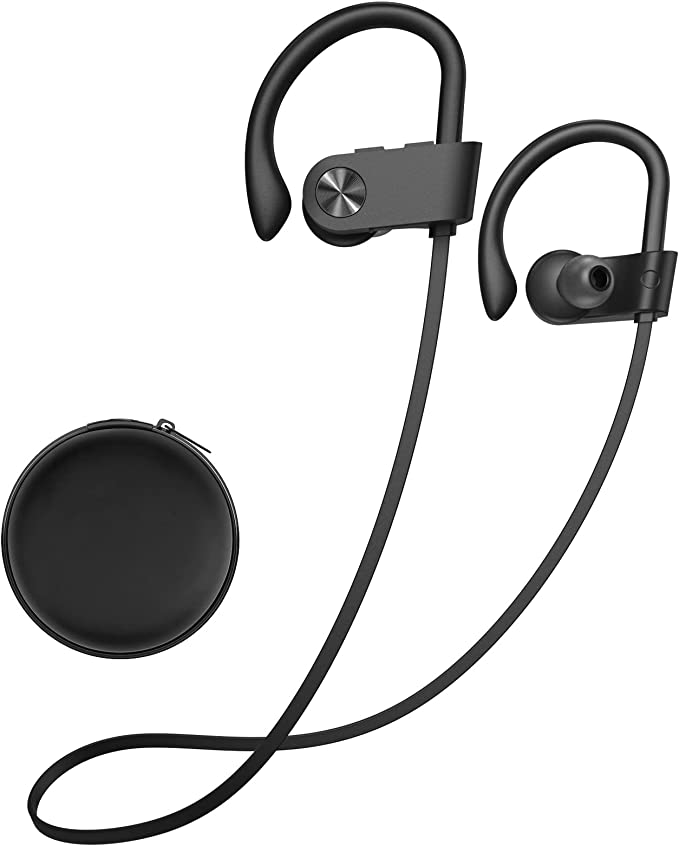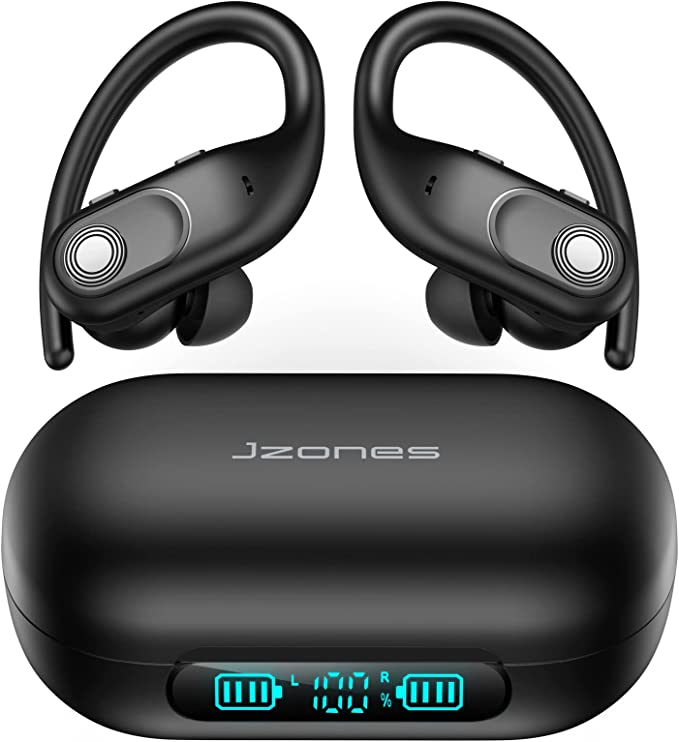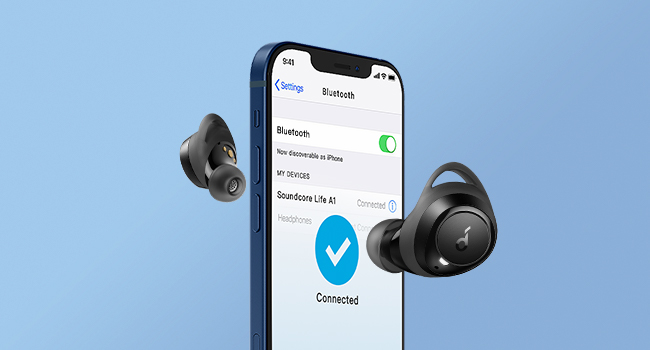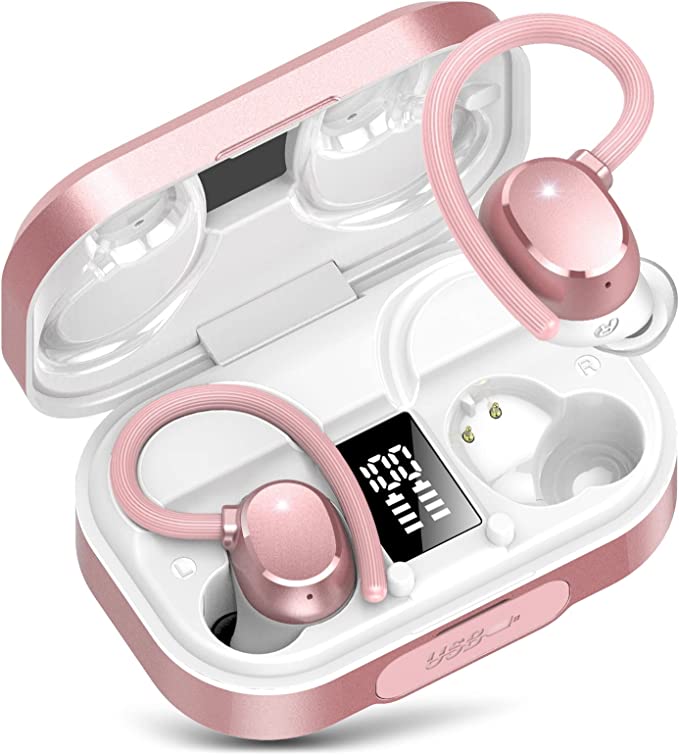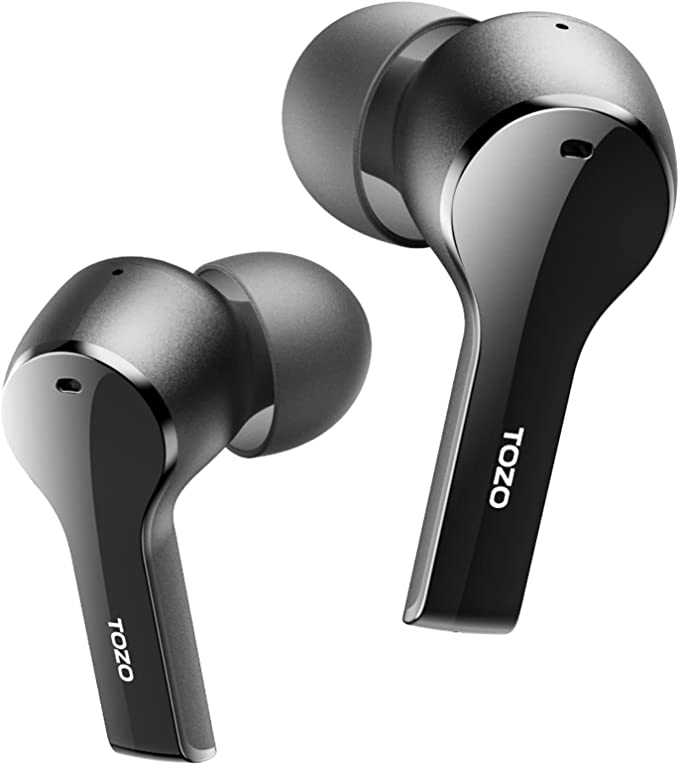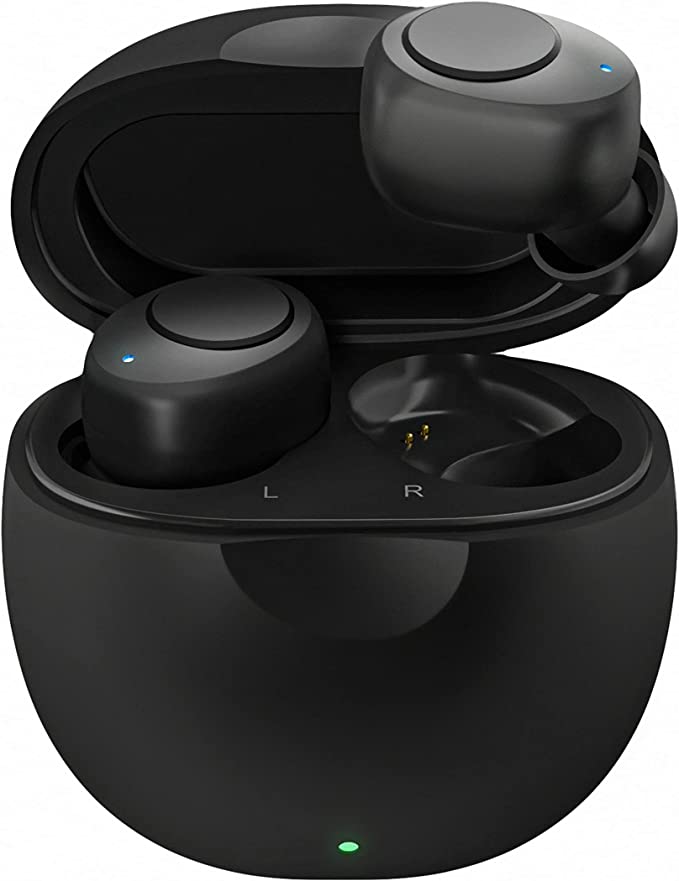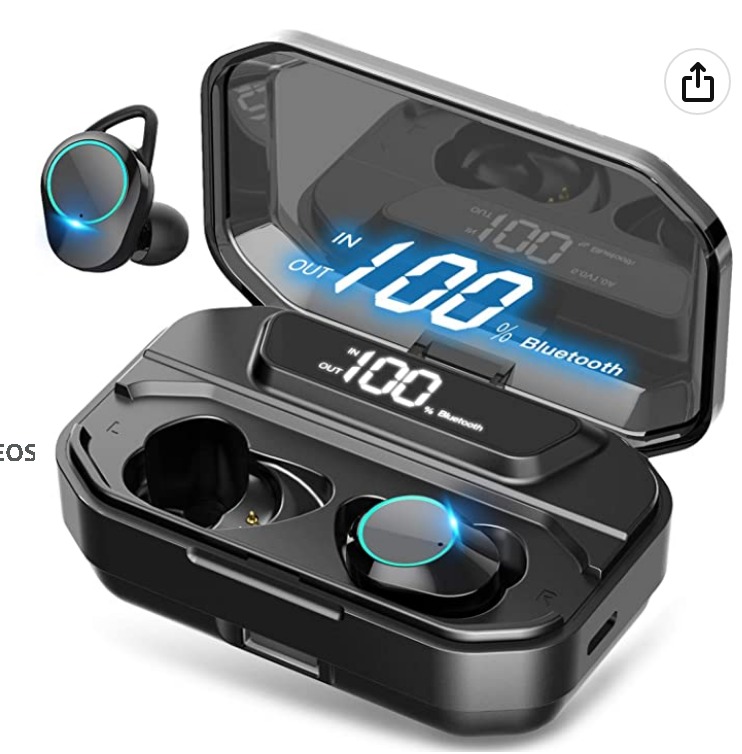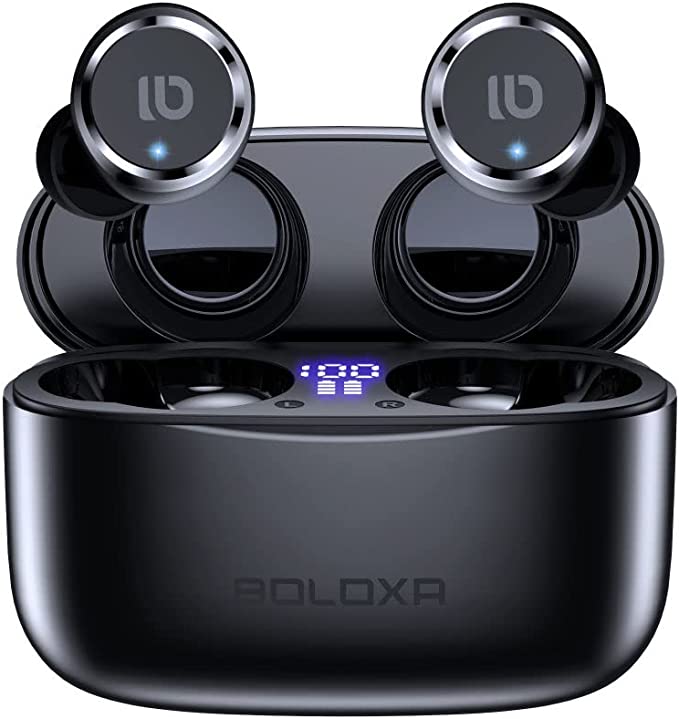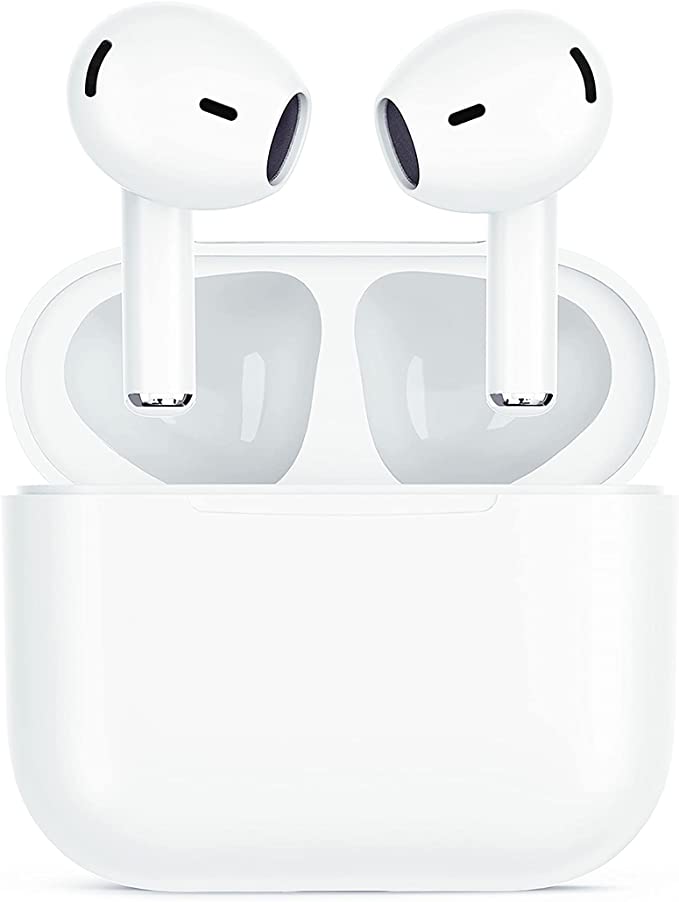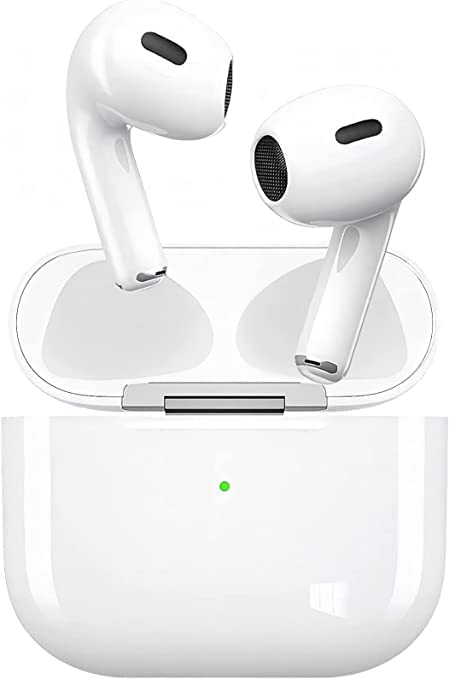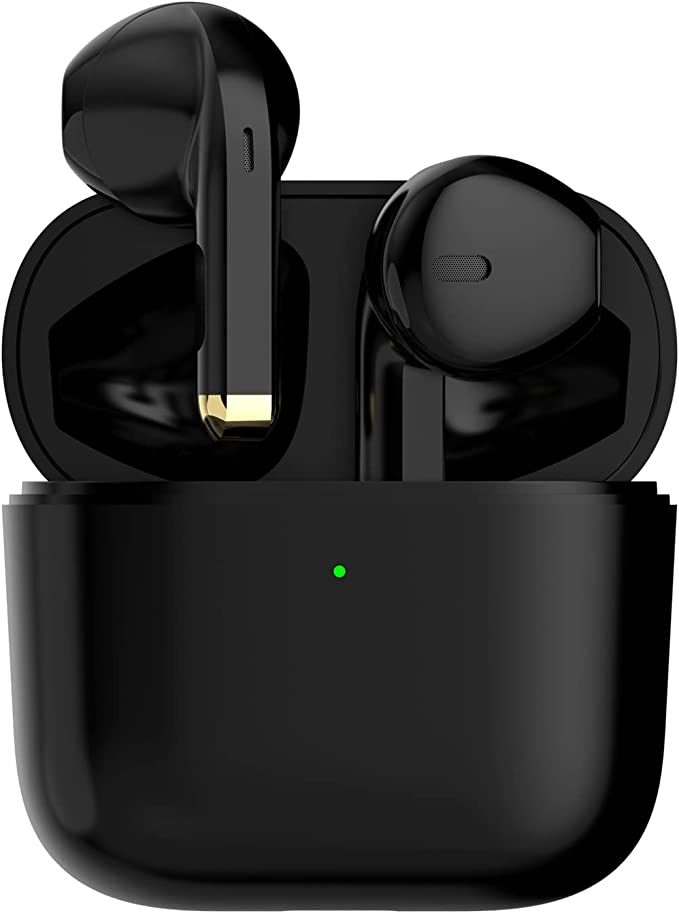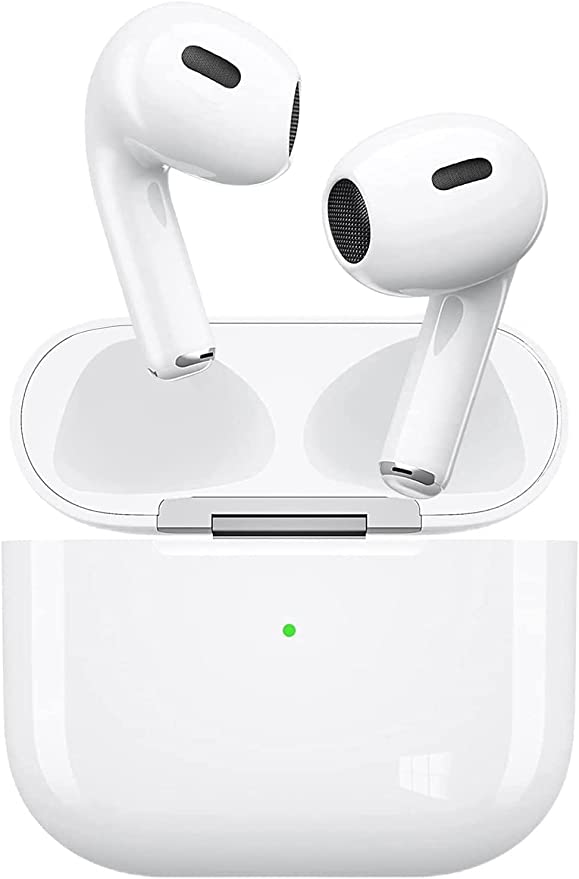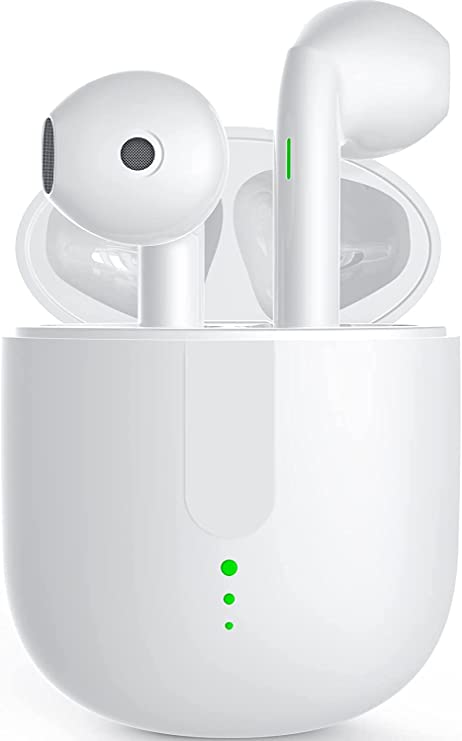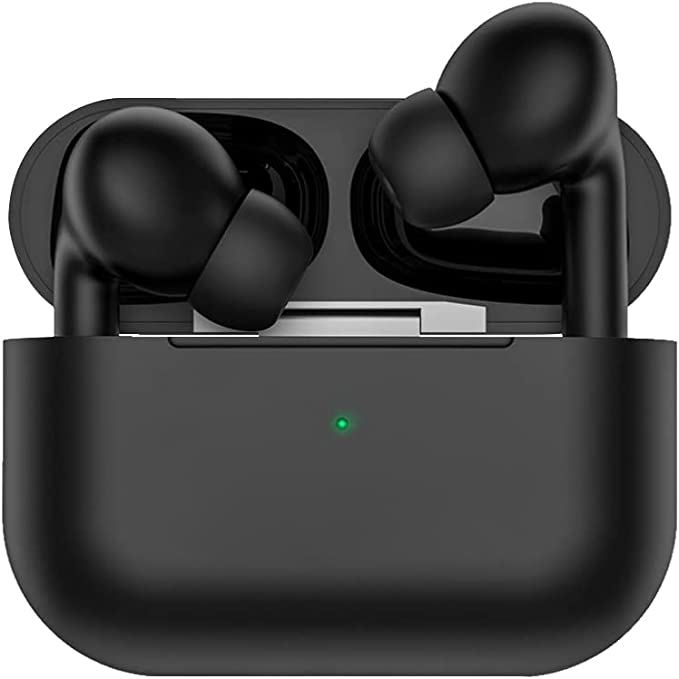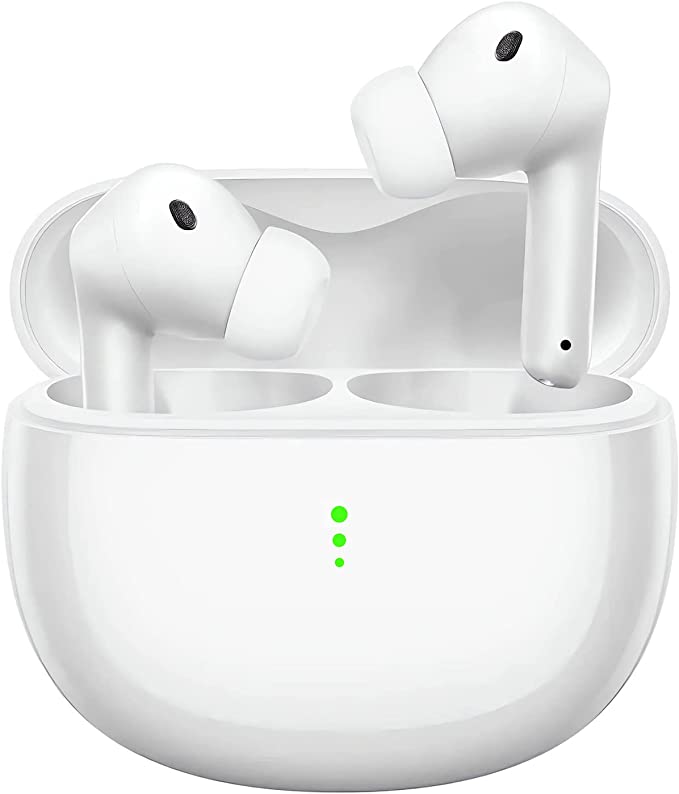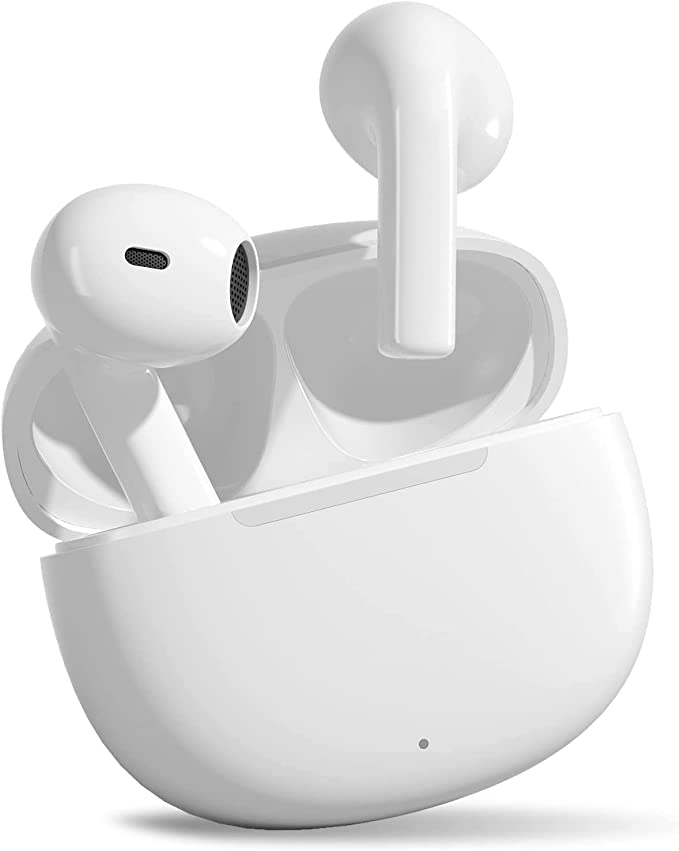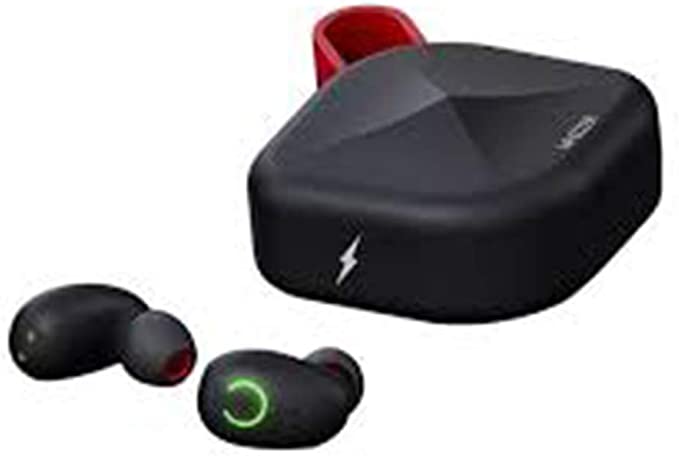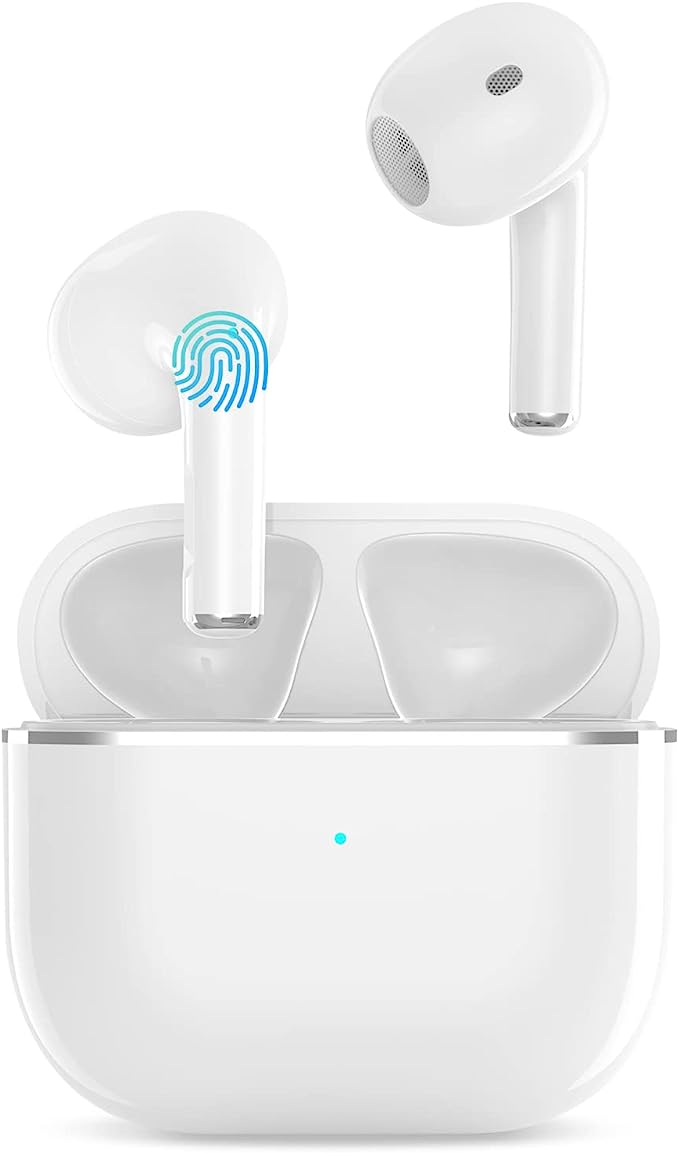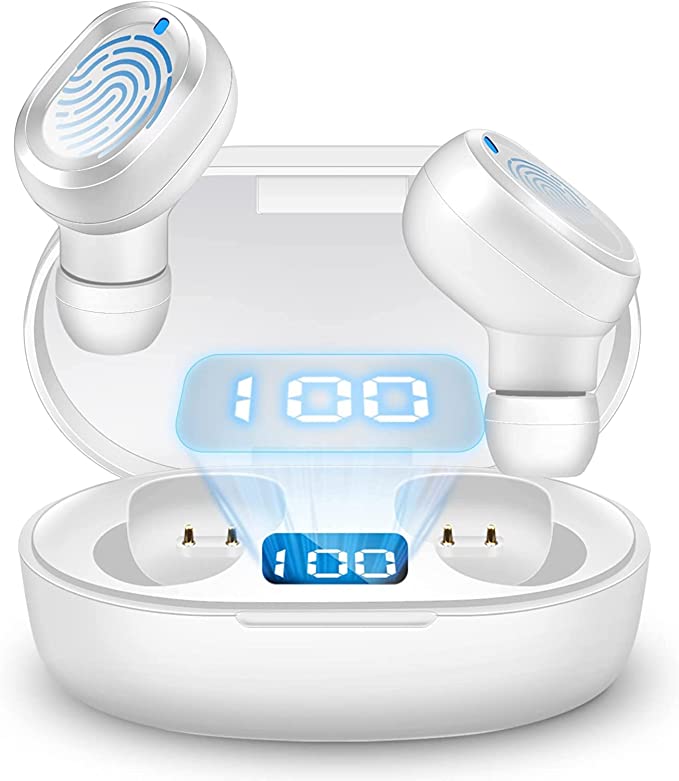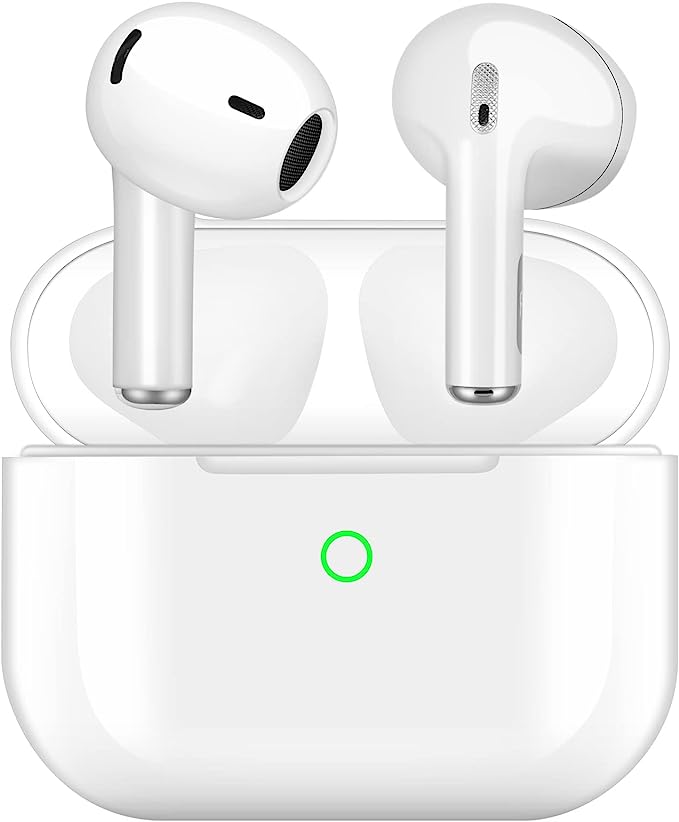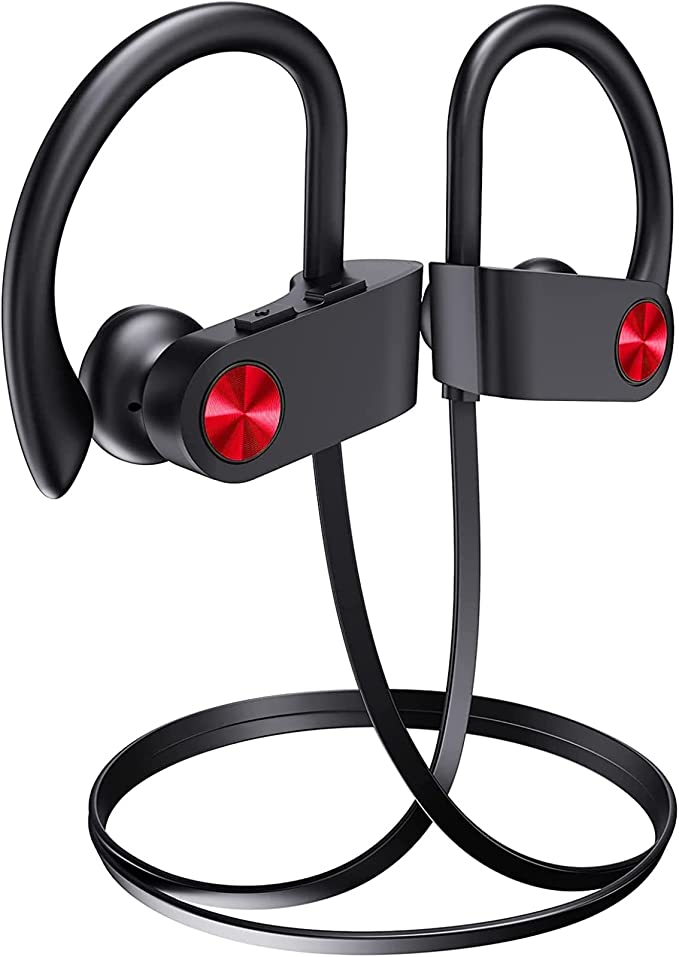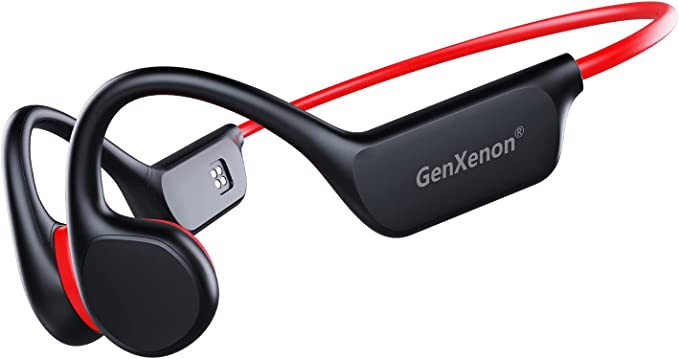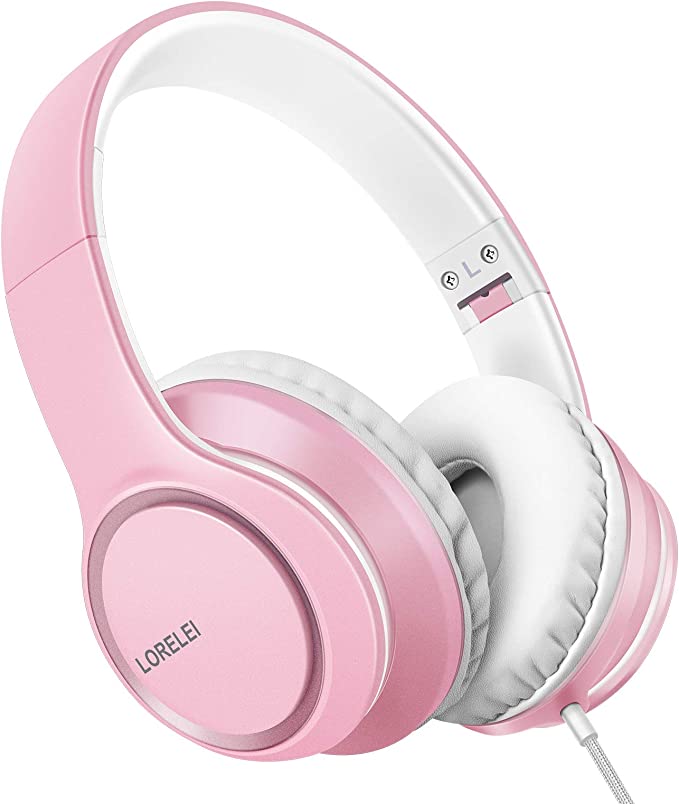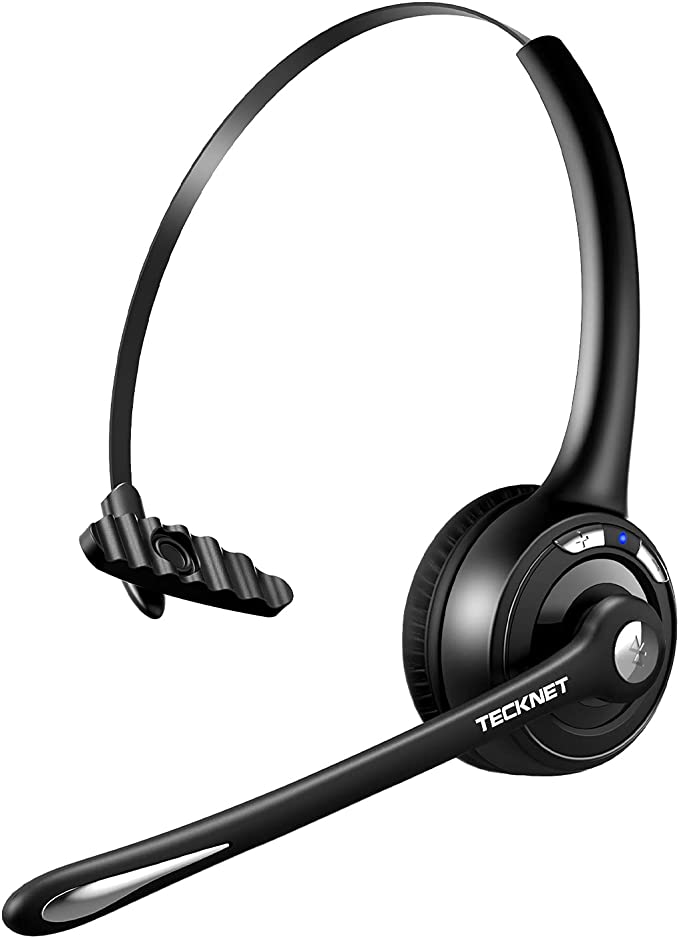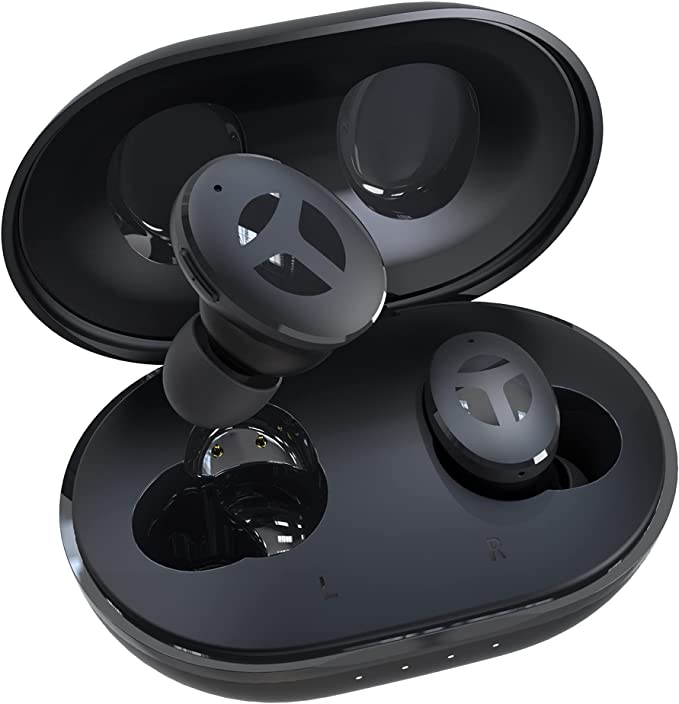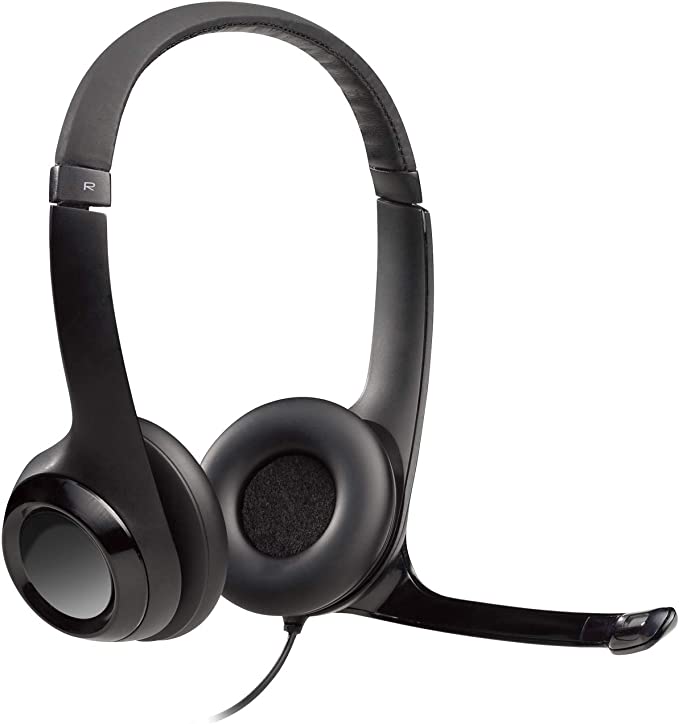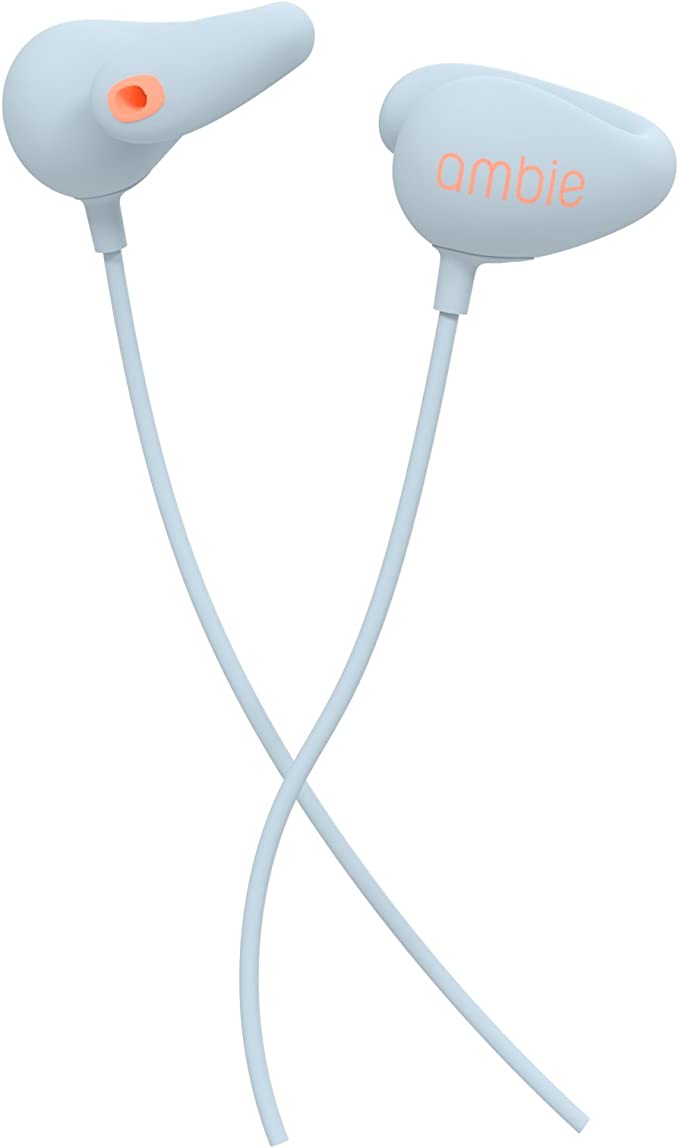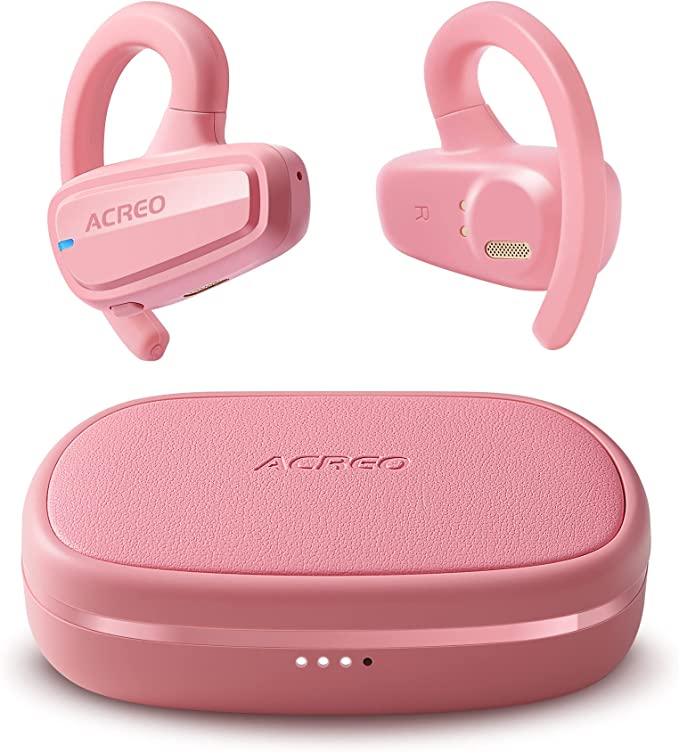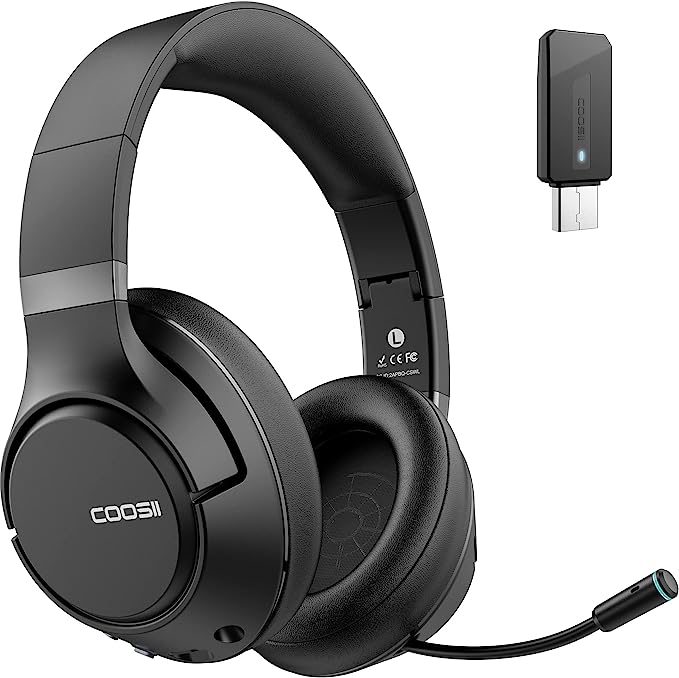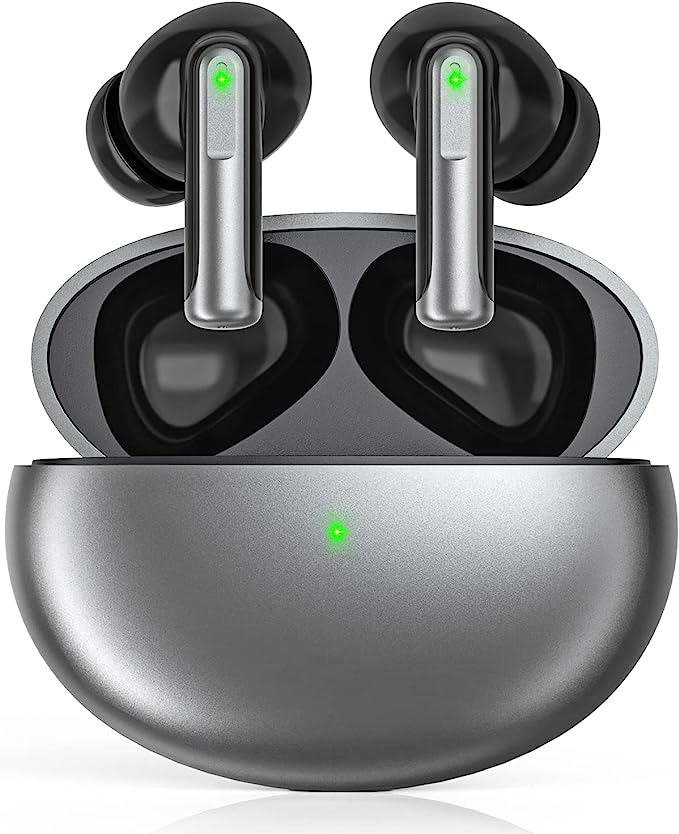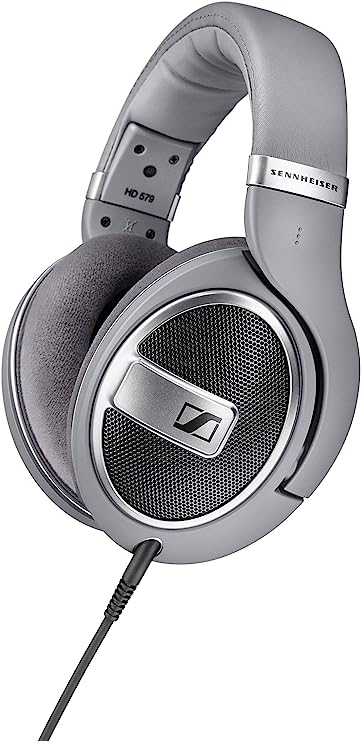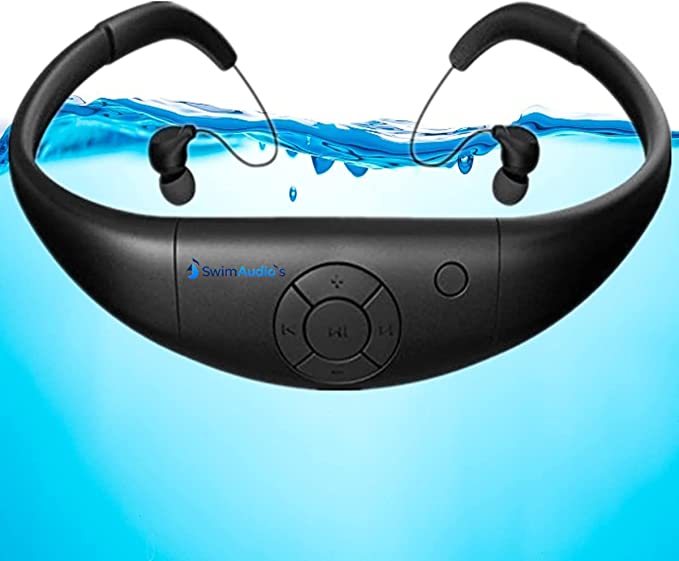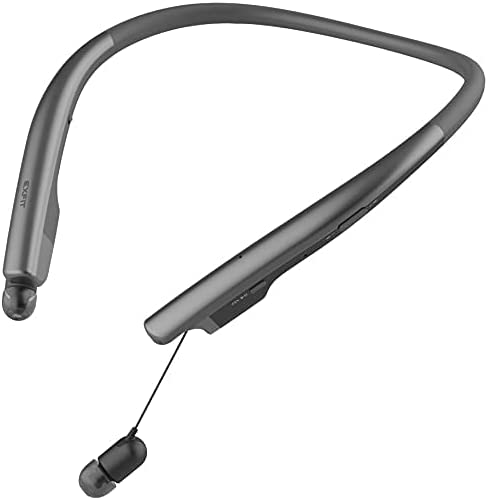The Physics of Longevity: Why Neckband Audio Outlasts the TWS Trend
Update on Nov. 23, 2025, 7:54 p.m.
In the current landscape of personal audio, the “True Wireless” (TWS) earbud has become the dominant species. Driven by aesthetics and minimalism, the industry has raced to shrink batteries and remove wires entirely. However, for a specific subset of users—endurance athletes, heavy commuters, and pragmatists—this miniaturization comes at a cost: limited battery life, connection instability, and the perennial risk of loss.
It is time to re-examine the Neckband Form Factor. Far from being obsolete, this architecture represents a triumph of function over form. By decoupling the battery and electronics from the ear canal, devices like the Rythflo WH01 demonstrate how structural engineering can solve the inherent limitations of TWS, offering superior longevity and biomechanical security.

The Energy Equation: Volume Dictates Capacity
The most significant advantage of the neckband design is grounded in simple physics: volume. TWS earbuds are constrained by the size of the human ear concha. Engineers must cram the driver, antenna, processor, and battery into a space often smaller than a grape. This physically limits the battery capacity, typically capping playtime at 5-8 hours per charge.
The Rythflo WH01 bypasses this constraint by relocating the power source to the neckband. This “off-ear” storage allows for a significantly larger Lithium-Ion cell, resulting in up to 30 hours of continuous playback.
But capacity is only half the equation. Efficiency is the other. The integration of Bluetooth 5.2 plays a critical role here. This protocol utilizes advanced Low Energy (LE) states, allowing the device to “sip” rather than “gulp” power during standby or low-bandwidth transmission. When combined with a dedicated Power Management Integrated Circuit (PMIC), the result is a device that can endure a week of heavy use without visiting a wall outlet—a feat physically impossible for standalone earbuds.

Biomechanics of Retention: Why “Magnetic” Matters
Ask any runner about their biggest anxiety with headphones, and the answer is invariably “them falling out.” TWS earbuds rely on a “friction fit”—jamming silicone against the ear canal to fight gravity. Sweat, acting as a lubricant, often causes this seal to fail.
The neckband architecture solves this through mechanical redistribution. The weight of the device (a negligible 2.88 ounces in the WH01’s case) rests on the shoulders, not the ears. The earbuds themselves are tethered, eliminating the risk of one bouncing into a storm drain.
Furthermore, the inclusion of magnetic earbuds introduces a “passive state” for the device. When not in use, the buds snap together, forming a secure necklace. This is a subtle but profound ergonomic feature. It reduces the cognitive load of the user—you don’t need to fumble for a charging case or worry about where you put them. They are simply there, secure and ready.

Hydrophobic Engineering: Decoding IPX7
Marketing materials often throw around terms like “sweatproof” loosely. However, in engineering, the Ingress Protection (IP) standard provides the only objective truth.
The Rythflo WH01 carries an IPX7 rating. The “7” is the critical figure. It signifies that the device is sealed against immersion in water up to 1 meter for 30 minutes. * IPX4: Splashes only (Gym sweat). * IPX7: Submersion capable (Heavy rain, accidental drops).
Achieving IPX7 requires robust internal sealing. It involves the use of hydrophobic nano-coatings on the Printed Circuit Board (PCB) and precision gaskets around the USB-C charging port and control buttons. For the end-user, this translates to “environmental indifference.” Whether you are caught in a torrential downpour or are pushing through a high-intensity interval training (HIIT) session, the device remains impervious to moisture ingress.

Acoustic Dynamics: The 10mm Advantage
While form factor defines usability, the driver defines experience. In the world of micro-acoustics, size matters. The Rythflo WH01 utilizes 10mm dynamic drivers, which are significantly larger than the 6mm drivers found in many compact buds.
A larger diaphragm surface area allows for greater air displacement. This is directly correlated to bass response. To reproduce low frequencies (the “thump” in your music), the driver must move a substantial amount of air. The 10mm unit achieves this with less excursion (movement), resulting in lower distortion at high volumes.
However, a driver is only as good as its seal. The provision of multiple eartip sizes (S/M/L) is not a luxury; it is a necessity for passive noise isolation. A proper seal creates a closed acoustic chamber, locking in the bass pressure and physically blocking external noise. This allows for lower listening volumes, protecting long-term hearing health while maintaining immersion.

Connectivity: The Bluetooth 5.2 Pipeline
The invisible backbone of any wireless headset is its radio protocol. Bluetooth 5.2 offers distinct advantages over older 4.2 or 5.0 iterations, specifically in signal stability.
Operating in the crowded 2.4GHz spectrum, wireless devices often face interference from Wi-Fi routers and microwaves. Bluetooth 5.2 employs enhanced Frequency Hopping Spread Spectrum (FHSS) techniques, rapidly switching channels to avoid congestion. For the user, this means fewer audio dropouts in busy environments like gymnasiums or subway stations.

Conclusion: The Case for Utility
In an era of disposable, easily lost gadgets, the Rythflo WH01 stands as a testament to the enduring value of the neckband design. It is not trying to be the smallest or the most invisible. Instead, it leverages its form factor to deliver what matters most to heavy users: 30 hours of power, IPX7 durability, and mechanical security.
For the runner who is tired of adjusting their earbuds every mile, or the traveler who dreads a dead battery mid-flight, looking back at this “traditional” design might actually be the most forward-thinking choice. It is a reminder that in engineering, physics always wins.

